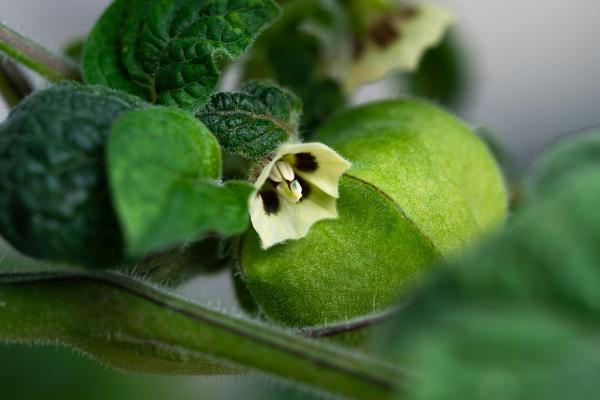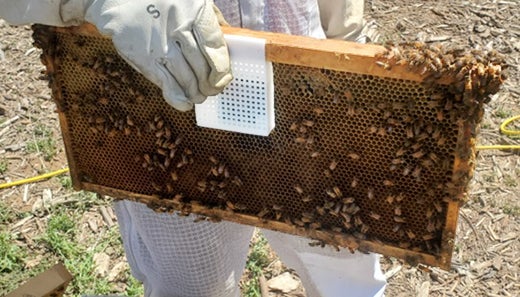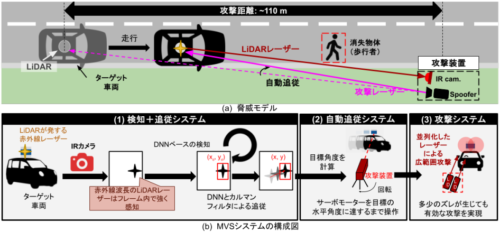2025-02-24 ミュンヘン大学(LMU)

The researchers were able to identify a gene cluster in Physalis grisea that is responsible for the synthesis of withanolides.
© LMU/Jessica Folgmann
<関連情報>
- https://www.lmu.de/en/newsroom/news-overview/news/how-plants-epigenetically-regulate-their-chemical-defences.html
- https://www.pnas.org/doi/10.1073/pnas.2420164122
ナス科生合成遺伝子群のサブ機能化とエピジェネティック制御 Subfunctionalization and epigenetic regulation of a biosynthetic gene cluster in Solanaceae
Santiago Priego-Cubero, Eva Knoch, Zhidan Wang, +5, and Claude Becker
Proceedings of the National Academy of Sciences Published:February 20, 2025
DOI:https://doi.org/10.1073/pnas.2420164122
Significance
Biosynthetic gene clusters (BGCs) describe the agglomeration of genes that contribute to the same biochemical pathway in a genetically linked genomic locus. Such BGCs coordinate the production of specialized metabolites and play an important role in the defensive chemical arsenal of plants and fungi. Here, we report on a BGC in species of the nightshade family that encodes the biosynthesis of withanolides, a group of diverse and multifunctional plant-specialized metabolites that are of interest in the context of plant protection and human health. Using Physalis grisea (ground-cherry) as a model, we show how this BGC is organized into different domains at the chromatin and epigenetic level, and how this organization modulates the specific activity and functionality of the biosynthesis.
Abstract
Biosynthetic gene clusters (BGCs) are sets of often heterologous genes that are genetically and functionally linked. Among eukaryotes, BGCs are most common in plants and fungi and ensure the coexpression of the different enzymes coordinating the biosynthesis of specialized metabolites. Here, we report the identification of a withanolide BGC in Physalis grisea (ground-cherry), a member of the nightshade family (Solanaceae). A combination of transcriptomic, epigenomic, and metabolic analyses revealed that, following a duplication event, this BGC evolved two tissue-specifically expressed subclusters, containing several pairs of paralogs that contribute to related but distinct biochemical processes; this subfunctionalization is tightly associated with epigenetic features and the local chromatin environment. The two subclusters appear strictly isolated from each other at the structural chromatin level, each forming a highly self-interacting chromatin domain with tissue-dependent levels of condensation. This correlates with gene expression in either above- or below-ground tissue, thus spatially separating the production of different withanolide compounds. By comparative phylogenomics, we show that the withanolide BGC most likely evolved before the diversification of the Solanaceae family and underwent lineage-specific diversifications and losses. The tissue-specific subfunctionalization is common to species of the Physalideae tribe but distinct from other, independent duplication events outside of this clade. In sum, our study reports on an instance of an epigenetically modulated subfunctionalization within a BGC and sheds light on the biosynthesis of withanolides, a highly diverse group of steroidal triterpenoids important in plant defense and amenable to pharmaceutical applications due to their anti-inflammatory, antibiotic, and anticancer properties.



